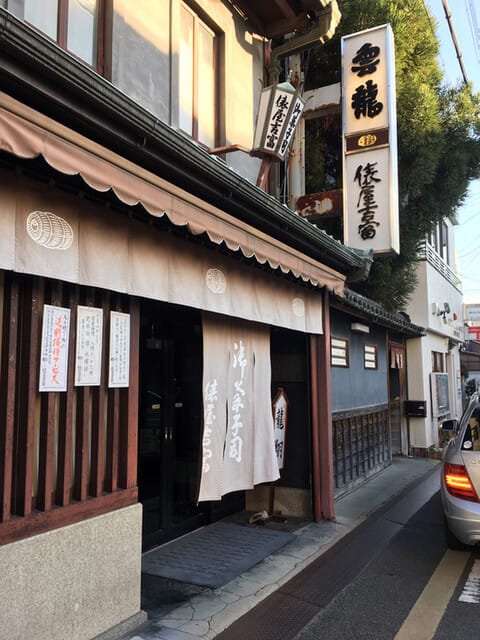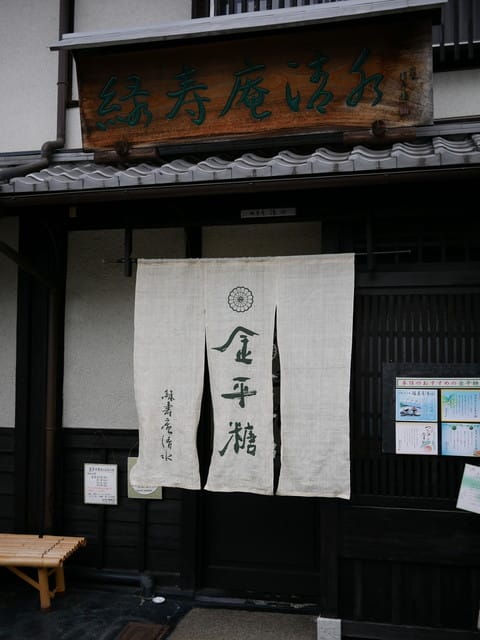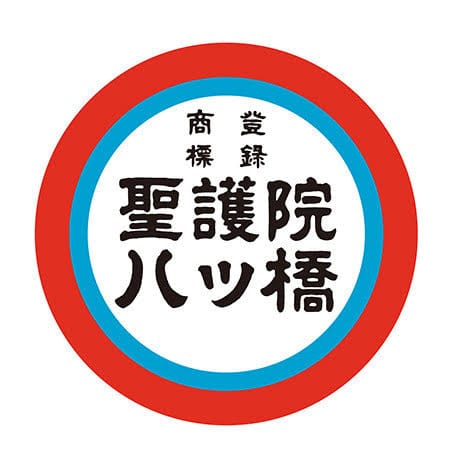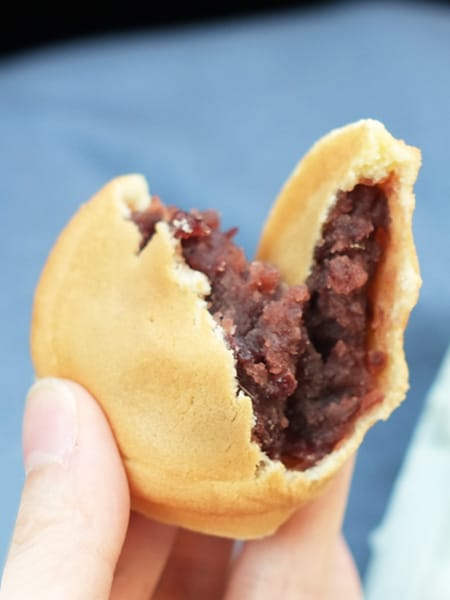Kyoto is Japan's ancient capital and a city where tea ceremony has taken root.
The elegant wagashi served at tea ceremonies have nurtured Kyoto's confectionery culture. The traditional sweets that express the beauty of the four seasons are like small works of art. You can experience the luxury of enjoying them with both your eyes and your taste buds.
Every time I visit Kyoto, I always stop by the konpeito (sugar candy) shop at Demachiyanagi Station. When I heard "traditional sweets," I imagined that only a few products would be sold, but this konpeito shop actually sells nearly 50 types of sweets.
One of the attractions of Kyoto's sweets, which change their appearance with the seasons, is this wide variety. The simple taste that brings out the best of the ingredients makes you feel the four seasons of Japan.
In this article, I'll introduce you in detail to such traditional sweets of Kyoto.
Please use this as a reference, as I've written extensively about the types and characteristics of sweets, as well as recommended long-established shops. How about walking through the historic townscape of Kyoto on your trip and experiencing the traditional flavors?
What Are Kyoto's Traditional Sweets?
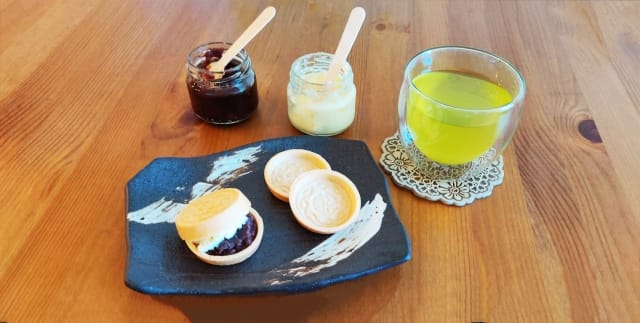
Kyoto is Japan's ancient capital and a city where the traditional tea culture "tea ceremony" has taken root. Many traditional sweets have developed along with the tea ceremony, characterized by designs that express the changing seasons and the beauty of nature. Visual beauty is also emphasized.
The charm of Kyoto's traditional sweets lies in their elegant sweetness and delicate texture. They're not too sweet and melt gently in your mouth. The gentle taste that brings out the natural ingredients has a simple yet profound flavor. They're valued not only as tea sweets but also as gifts.
I first tasted Kyoto's traditional sweets when I was a student in Kyoto. I still vividly remember being moved by the elegant sweetness and delicate flavor when I took my first bite of the namagashi (fresh sweets) with tea. I realized that Kyoto's traditional sweets are artistic in both appearance and taste.
Difference from Tokyo's Traditional Sweets
As Kyoto was Japan's capital for over 1000 years, many of Kyoto's traditional sweets can also be eaten in Tokyo.
On top of that, Kyoto's sweets are characterized by many elegant sweets to be enjoyed with tea, influenced by the tea ceremony. Also, incorporating seasonal elements is a key point of Kyoto's traditional sweets.
On the other hand, Tokyo is strongly influenced by commoner culture, characterized by many casual and easy-to-eat sweets like "Kaminari Okoshi" and "Dorayaki". Tokyo's traditional sweets have a different charm from Kyoto's.
Types of Kyoto's Traditional Sweets
Kyoto's traditional sweets are mainly classified into three categories: "namagashi" (fresh sweets), "han-namagashi" (semi-fresh sweets), and "higashi" (dry sweets).
Namagashi (Fresh Sweets)
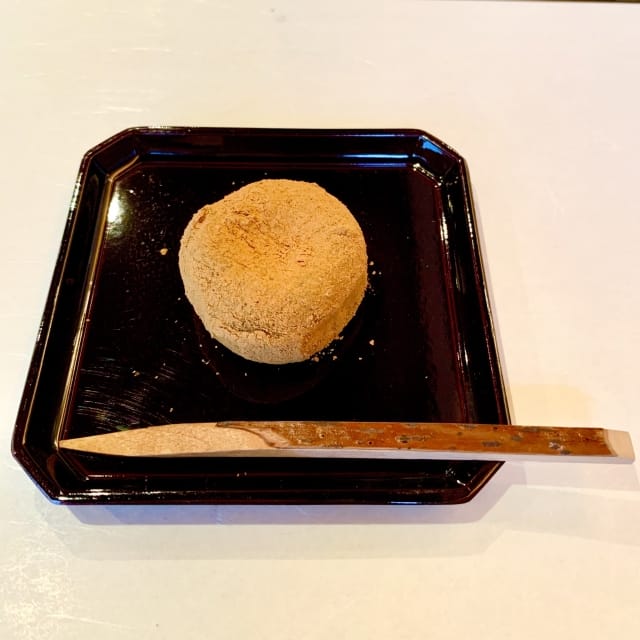
Namagashi are sweets characterized by their fresh and soft texture. These include dango, manju, and yokan. Dango are steamed balls of rice flour, manju are wheat flour skins filled with bean paste, and yokan is hardened bean paste.
Delicate and colorful namagashi that depict the seasons are truly works of art. However, their short shelf life is generally a drawback. The popular souvenir "nama yatsuhashi" is also classified as namagashi, but it was actually created relatively recently in the 1960s.
My recommendation is sakura mochi, which is shaped like spring cherry blossoms. Its pale pink appearance and elegant sweetness make you feel the arrival of spring. I think the texture that gently melts in your mouth is also a unique charm of namagashi.
Han-namagashi (Semi-Fresh Sweets)
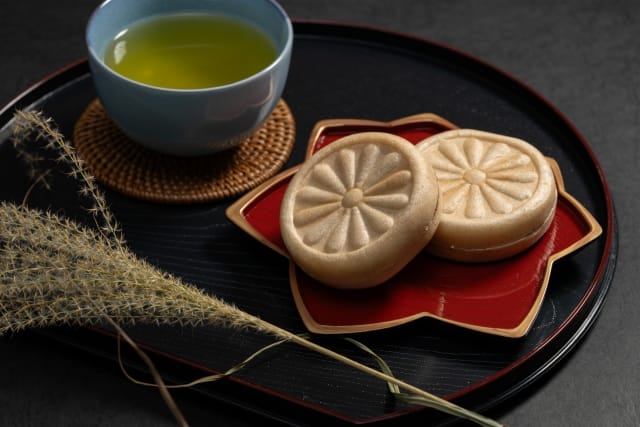
Han-namagashi are sweets that fall between namagashi and higashi. They are often characterized by bean paste wrapped in a hard dough, like "monaka". Ajari mochi, which I'll introduce later when discussing shops, is also one of the representative han-namagashi.
The appeal of han-namagashi is their exquisite texture, which isn't as soft as namagashi but not as hard as higashi. I think the balance between the inner bean paste and the outer dough creates an elegant taste.
Higashi (Dry Sweets)
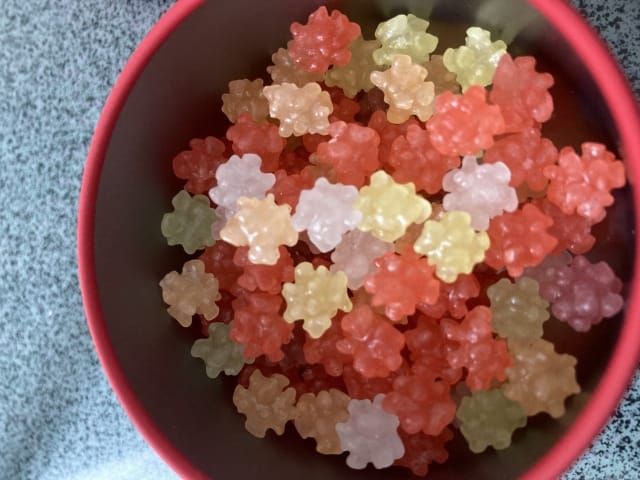
Higashi are characterized by their long shelf life and many of them are harder sweets. "Rakugan," sugar candies molded into shapes like flowers, "konpeito," small sugar candies, and the original yatsuhashi are classified as higashi.
Higashi are not only eaten with tea but are also valued as gifts. They keep well, so they're perfect as souvenirs from your trip. Rakugan, with their delicate patterns, can be said to be the representative of higashi that you can enjoy for their visual beauty as well.
I once received higashi as a thank-you gift for attending a friend's wedding in Kyoto. I was moved by the delicate decorative patterns, which seemed to contain feelings of congratulations for my friend and their spouse.
It was a moment when I realized that higashi are profound sweets with meaning embedded in their appearance.
How to Enjoy Kyoto's Local Traditional Sweets
I spent two years in Kyoto for my graduate studies. Here, I'll introduce you to ways of enjoying Kyoto's traditional sweets that I learned directly from Kyoto locals during that time.
Enjoy with Tea

Kyoto's traditional sweets go perfectly with matcha or sencha. When eaten with warm tea, the flavor of the wagashi is enhanced. Personally, I especially recommend stronger tea.
During my graduate school days, I had a "tea ceremony experience". It was a blissful moment to enjoy seasonal wagashi with rich matcha served in a tea room. If you experience the harmony of wagashi and tea, you'll surely realize the depth of Kyoto's traditional sweet culture.
Savor While Feeling the Seasons
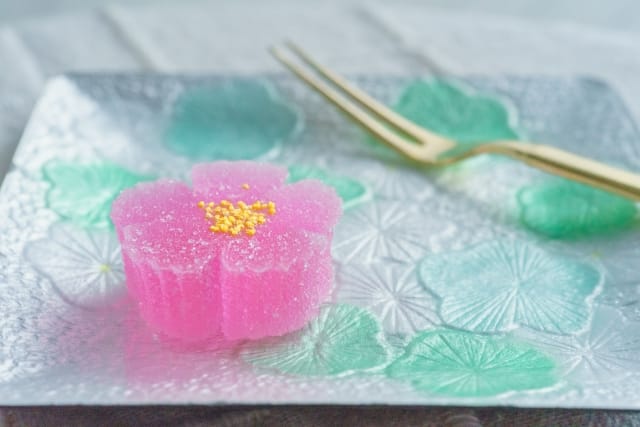
A characteristic of Kyoto's traditional sweets is that many are wagashi using seasonal ingredients. Both the appearance and taste are full of seasonal feeling. It can be said that the Kyoto way of enjoying wagashi is to savor them while feeling the changing seasons.
As Kyoto sweets developed as tea ceremony sweets, they embody the tea ceremony spirit of "enjoying the seasonal atmosphere".
Even at the long-established wagashi shops I'll introduce later, seasonal limited wagashi appear, and many fans eagerly await these seasonal tastes.
Give as Souvenirs or Thank You Gifts
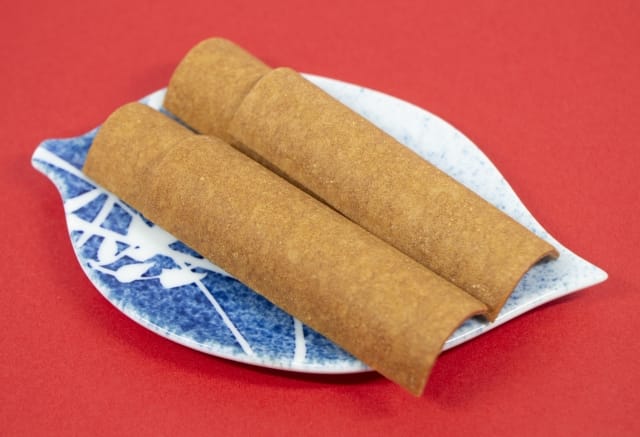
Kyoto's traditional sweets, with their elegant sweetness and packaging, are ideal for gifts. However, I don't recommend namagashi or han-namagashi as they have short expiration dates. Higashi, which keep well, are convenient as souvenirs for travelers.
As a tip for distinguishing, harder sweets generally have longer expiration dates, while softer sweets often have shorter ones. However, checking the package or asking the shop staff is the most reliable way.
When I travel to Kyoto, I always make sure to buy higashi to take home. Higashi in elegant Kyoto-style packaging are sure to soothe the hearts of those who receive them.
My favorite is konpeito. It becomes a gift with which you can share the traditional taste along with memories of Kyoto.
Famous Shops Where You Can Buy Kyoto Sweets
Here, I'll introduce shops where you can buy traditional sweets in Kyoto.
While many lesser-known manufacturers also sell Kyoto sweets, if you want to taste "real Kyoto sweets," I recommend buying from the following long-established shops.
Tawara-ya Yoshitomi
Source: Tabelog by miyu5678
Tawara-ya Yoshitomi is a long-established wagashi shop representing Kyoto with over 300 years of history. They have many namagashi like manju, so I recommend tasting them during your stay.
The main shop is a 5-minute walk from "Imadegawa" station on the Kyoto Municipal Subway Karasuma Line. You can also purchase their sweets at department stores in Kyoto like Takashimaya, Daimaru, and Isetan at JR Kyoto Station.
If you want to enjoy authentic sweets in Kyoto, I recommend starting here.
Website: https://tawaraya.xbiz.jp/
Ryokujuan Shimizu
Source: Tabelog by Cafe Moca Otoko
Ryokujuan Shimizu is a shop specializing in higashi and konpeito with over 170 years of history. It's actually Japan's only shop specializing in konpeito. They have over 50 diverse flavors, and their seasonal flavors are also attractive. With long expiration dates, they're perfect for taking back to your country.
There are two shops in Kyoto, but I recommend the main shop the most. It's about a 7-minute walk from Keihan Demachiyanagi Station.
It was close to the graduate school I attended, so I often bought konpeito from here as gifts. Even now, I can't help but stop by this shop when I go to Kyoto.
<Store Information>
Address: 38-2 Yoshidaizumidonocho, Sakyo Ward, Kyoto, 606-8301
Closed: Wednesdays
Phone: 075-771-0755
Hours: 10 AM–5 PM
Website: http://www.konpeito.co.jp/
Shogoin Yatsuhashi Sohonten
Source: Wikipedia
Shogoin Yatsuhashi Sohonten is a famous shop for "yatsuhashi" with over 300 years of history. Historically, the main product was the higashi-style baked yatsuhashi, but now the soft nama yatsuhashi is more popular.
For travelers, I recommend the nama yatsuhashi with flavors that change each season, but be careful as they have a short expiration date.
It's nice that you can not only buy them at multiple stores in Kyoto city but often at souvenir shops as well. While other manufacturers also sell yatsuhashi, be careful to buy from this shop. It's good to remember the logo in the image.
Website: https://shogoin.co.jp/en/
Mangetsu
Source: Tabelog by Anko
Mangetsu is a long-established shop for ajari mochi with over 150 years of history. Ajari mochi is a han-namagashi made by wrapping red bean paste in a moist dough made from rice flour and eggs, then baking it.
Besides the main shop, you can purchase them at major tourist spots and department stores in Kyoto, including Kyoto Station.
Personally, Mangetsu's ajari mochi is my favorite. The texture of the chewy dough and bean paste is exquisite. I recommend enjoying it with warm tea.
Website: http://www.ajyarimochi.com/a_syouhin.html
Frequently Asked Questions About Kyoto's Traditional Sweets
Finally, I'll answer some common questions about Kyoto's sweets.
What is the Most Popular Wagashi in Kyoto?
Nama yatsuhashi is the most popular among Japanese people. However, due to its short expiration date, I recommend that travelers either buy it just before their return date or eat it during their stay.
How Do You Check the Expiration Date of Kyoto Wagashi?
Most wagashi have the expiration date written on the package. If you can't find the label, the shop staff will tell you if you ask. Especially for soft namagashi that don't keep well, make sure to check when purchasing.
Can Foreigners Enjoy Kyoto's Sweets Too?
There aren't many sweets with unusual tastes, so at least the wagashi introduced in this article should be easy for foreigners to eat. Please try experiencing the traditional taste of Kyoto.
In this article, I've guided you through the world of Kyoto's traditional sweets. The elegant wagashi that expresses the beauty of the four seasons can be called an art unique to Kyoto. The charm lies in the luxurious experience of enjoying them with both your eyes and your taste buds.
If you visit a long-established wagashi shop, you should be able to closely feel the traditional techniques that have been passed down for hundreds of years. If you taste them with tea, you can enjoy the atmosphere of Kyoto even more.
After reading this article, how about touring traditional sweet shops while enjoying the townscape of Kyoto? I'm sure you'll be able to experience the depth of Kyoto's confectionery culture along with wonderful memories!

